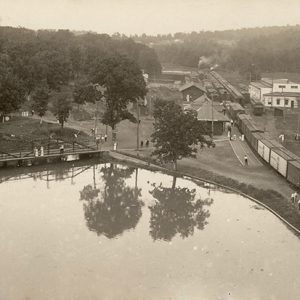 Mammoth Spring Depot
Mammoth Spring Depot
Time Period: Early Twentieth Century (1901 - 1940) - Starting with M
 Mammoth Spring Depot
Mammoth Spring Depot
 Mammoth Spring
Mammoth Spring
 Mammoth Spring Street Scene
Mammoth Spring Street Scene
 Mammoth Spring Street Scene
Mammoth Spring Street Scene
Maness Schoolhouse
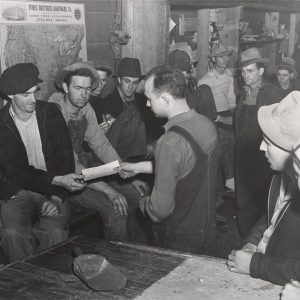 Manganese Miners
Manganese Miners
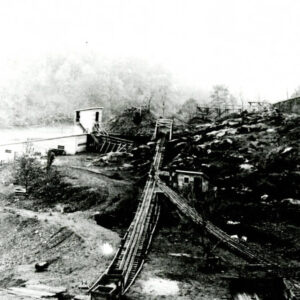 Manganese Ore Washer
Manganese Ore Washer
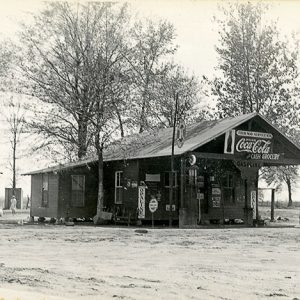 Manila Service Station
Manila Service Station
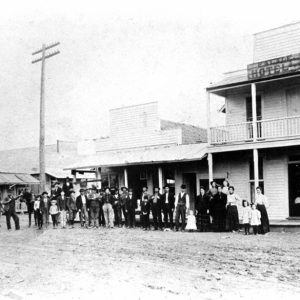 Manila Hotel and Grocery
Manila Hotel and Grocery
 Manila Stave Mill
Manila Stave Mill
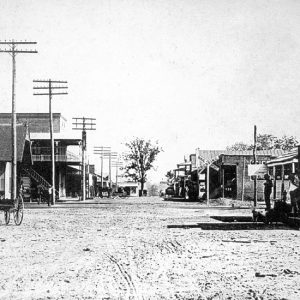 Manila Street Scene
Manila Street Scene
 George Mann
George Mann
Mann, George Richard
Manning, Henry Grady
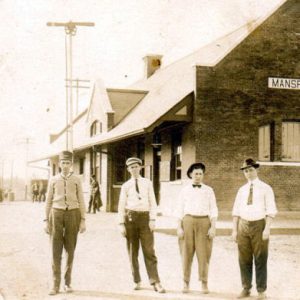 Mansfield Depot
Mansfield Depot
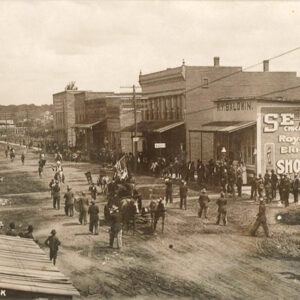 Mansfield Parade
Mansfield Parade
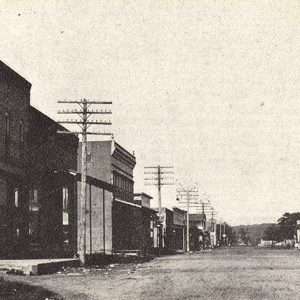 Mansfield Street Scene
Mansfield Street Scene
 Map of Peridotite for Diamond Mining
Map of Peridotite for Diamond Mining
 "Maple Leaf Rag" by Scott Joplin
"Maple Leaf Rag" by Scott Joplin
 Marble Quarry Workers
Marble Quarry Workers
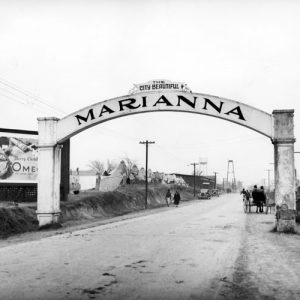 Marianna Arch
Marianna Arch
 Marianna Cotton
Marianna Cotton
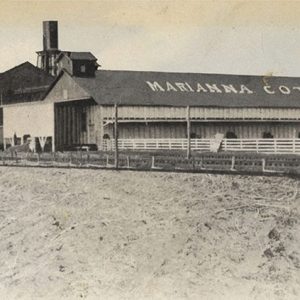 Marianna Cotton Oil Company
Marianna Cotton Oil Company
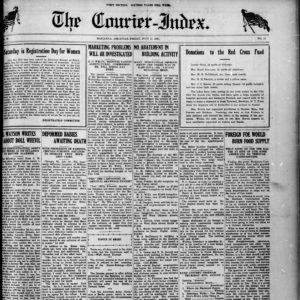 Marianna Courier-Index
Marianna Courier-Index
 Marianna Flood
Marianna Flood
Marianna National Guard Armory
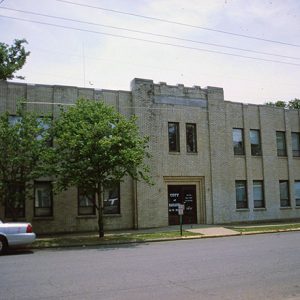 Marianna National Guard Armory
Marianna National Guard Armory
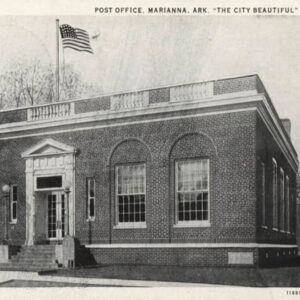 Marianna Post Office
Marianna Post Office
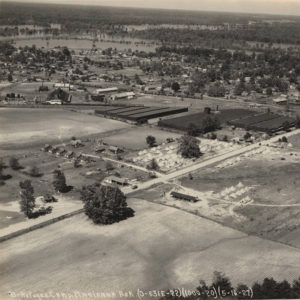 Marianna Refugees
Marianna Refugees
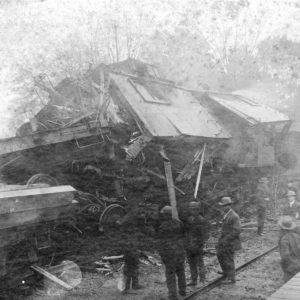 Marianna Train Wreck
Marianna Train Wreck
Marianna Waterworks
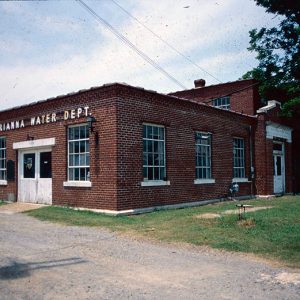 Marianna Waterworks
Marianna Waterworks
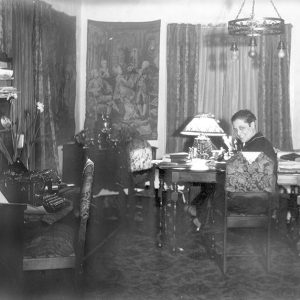 Rosa Zagnoni Marinoni
Rosa Zagnoni Marinoni
Marion Hotel
aka: Hotel Marion
 Marion Hotel
Marion Hotel
 Implosion of Manning and Marion Hotels
Implosion of Manning and Marion Hotels
Marion Lynching of 1910
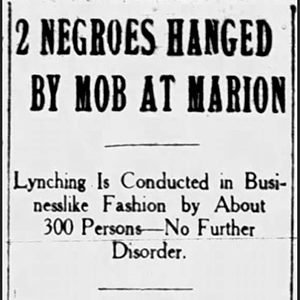 Marion Lynching Article
Marion Lynching Article
 Marked Tree Businesses
Marked Tree Businesses
Marked Tree Siphons
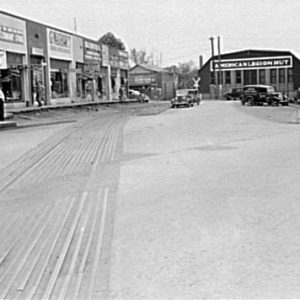 Marked Tree Street Scene
Marked Tree Street Scene
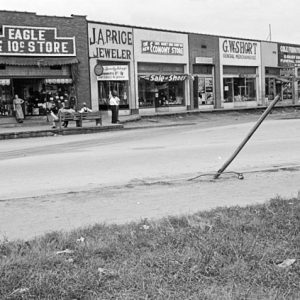 Marked Tree Street Scene
Marked Tree Street Scene
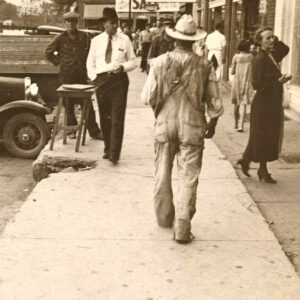 Marked Tree Street Scene
Marked Tree Street Scene
Markwell, Lulu Alice Boyers
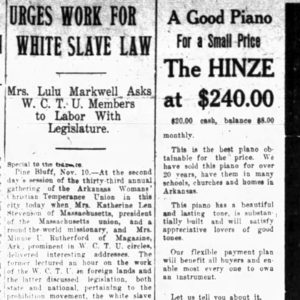 Lulu Markwell Article
Lulu Markwell Article
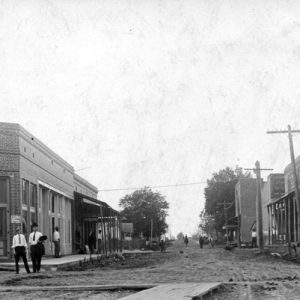 Marmaduke Street Scene
Marmaduke Street Scene
Marquette Hotel
aka: Riviera Hotel
Marr’s Creek Bridge
Marshall House (Little Rock)
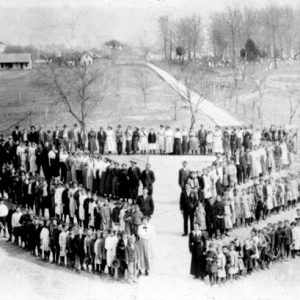 Marshall School
Marshall School




